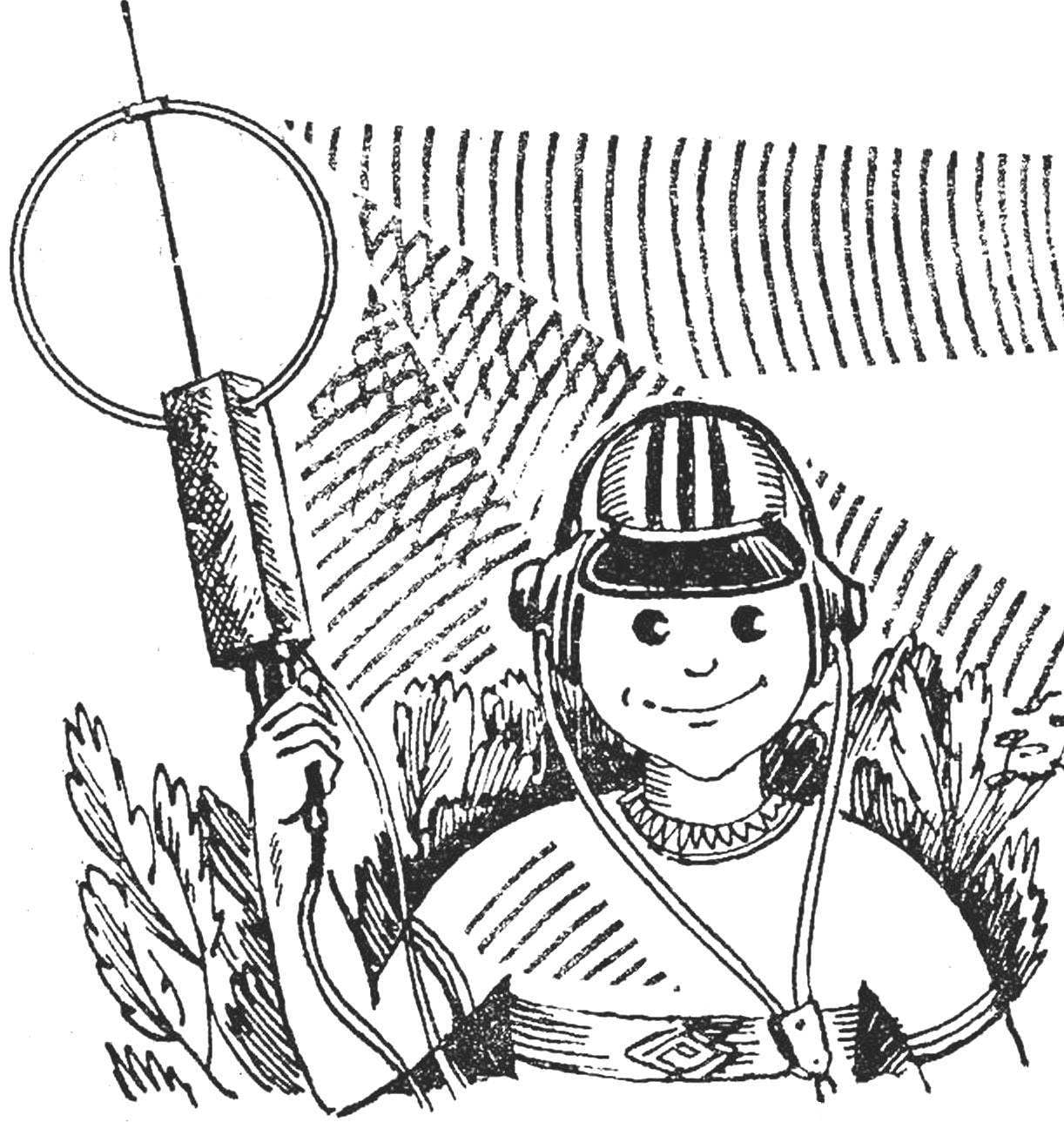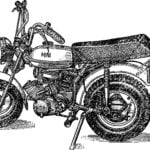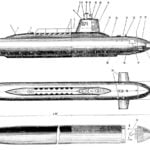 In the early 30-ies of the radio Amateurs of the Soviet Union, mastering of ultrashort waves, for the first time faced the necessity of direction finding of radio transmitters. The experiment was sometimes transformed into an exciting searching game, which gradually take the form of sporting events. In the late 30-ies of the radio orienteering sport is called “foxhunting”. The essence of this new sport was to locate on the ground three to five hidden transmitters with receivers-direction finders. The first transmitter / receiver equipment for “Hunting for foxes” operated in the range of 38 MHz.
In the early 30-ies of the radio Amateurs of the Soviet Union, mastering of ultrashort waves, for the first time faced the necessity of direction finding of radio transmitters. The experiment was sometimes transformed into an exciting searching game, which gradually take the form of sporting events. In the late 30-ies of the radio orienteering sport is called “foxhunting”. The essence of this new sport was to locate on the ground three to five hidden transmitters with receivers-direction finders. The first transmitter / receiver equipment for “Hunting for foxes” operated in the range of 38 MHz.
In subsequent years, the efforts of radio Amateurs was focused on the development of techniques of direction finding, the development of new ranges for radio sport.
At the all-Union competition, held in 1960, the hunters “ran” has three bands: 3,5 MHz, 114 MHz and 28 MHz (instead of 38 MHz). Finger tubes in receivers and transmitters gradually replaced the rod, and then they were replaced by transistors, but the transmitting equipment is still lagging behind, although at that time already widely used automatic transmitters with tonal modulation.
Years. 1962-1963-th was marked by the complete transistorization receivers. Original miniature economical design was created by A. Grechikhin, V. Zarychanski of Gorky Muscovites A. Akimov, Ivan Shalimov, Yu. Kuzmin, A. Maltsev, V. Kalacheva, Leningrad Kuvaldina E. and G. Rumyantsev, V. Frolov from Ashgabat and Yury Katkov from Ufa. Transistor equipment is rapidly and firmly established in sports DF.
A circular loop antenna implemented by Grechikhina occupy a dominant position in receivers operating in the range 3.5 to 28 MHz. And the instrument, as a rule, became the superheterodyne type.
Transmitters in the range of 3.5 MHz was widely used radio RBM and bulky R-104, range 28 MHz — P-108. 144 MHz band mastered more difficult: affected by the lack of good small-sized transmitters. And the receivers used at these frequencies is poor. Most often, they were assembled in the scheme sverigekarta and, though possessing high sensitivity, poor “feel” the distance created obstacles for hunters, being close to each other.
In 1965 the competition began to engage boys and girls from the age of 16. Receivers by this time it finally became superheterodyne, going fully on transistors. Widespread alostrael the bearing, the so — called “ratchet” — which is a multivibrator, the voltage Converter in the frequency or limiter, made on a silicon diode with a straight resistance. At the same time in competition rules was introduced by the finishing order in a bespoke point of the district. For example, “hunters”-men began to look for four “foxes” of the five, which significantly complicated the tactics of search.



The sixfold champion of Europe in “Fox Hunting” A. Grechikhin and European champion 1967 Solodkov
A great contribution to the theory and practice of search “Fox” in the organization of the competition made N. V. Kazansky, V. F. Fedorov, K. P. Lutsenko, and N. M. Tartakovsky. They trained many talented athletes and coaches — such as I. Martynov, V. Verkhoturov, V. Kuzmin, V., all-L. Korolev, G. Solodkov, T. Alysheba, G. Bekhterev, V. Ketov, Yu. Katkov, etc. It was a time of high approval of the skill of the Soviet “hunters” in the international arena. Champions of Europe become A. Akimov, A. Grechikhin, Solodkov G., Rumyantsev, V. Kuzmin, V. Travkin, V. Verkhoturov.
Over the next years the essence of “hunting” has not changed, although now she has become more athletic. On the one hand, as a result of application circuits, a quartz and Electromechanical filters, LEDs, digital rangefinders, spare amp, reliable switching equipment means “hunters” is much more complex, but on the other hand, has the opportunity to significantly simplify the design of the receivers by using a direct frequency conversion. Tens of thousands of receivers-direction finders “Forest” adopted “hunters” adopted by the industry.
Has become a good tradition to hold competitions on radio sport among students. The program includes the reception and transmission of radio messages, radioresource and “Fox Hunting”. The age of participants 12-16 years of age. And as a result efficiently replenished the ranks of the national teams of regions and republics. Enthusiasts of this sport appeared among rural youth.
“Fox hunting” — the sport technical. Character in it ham radio. Here is what qualities, according to the sixfold champion of Europe A. Grechikhin, should have “hunter”: ingenuity, wit, ambition, perseverance, good reaction and ability to navigate the terrain, to be courageous and hardy. This includes the basic knowledge of electroradiotechnics, the ability to understand the intricacies of their radio and promptly work with her.
“Fox hunting” — the sport collective. It is impossible to do alone, so “hunters” together at sports clubs DOSAAF, stations and clubs of young technicians and schools. The presence in the circle two or three receivers and transmitter provides simultaneous training of eight to ten guys.
Every year boys and girls from the age of 16 go to the start of the regional, zonal, Republican and all-Union competitions on radio sport. In addition to the toga, the Ministry of education of the USSR conducts all-Union school contest, which involved teams of the Union republics and teams of youth sports schools of the country. For the first time these competitions were held in Vladimir in 1973.
The young “hunters” began to participate in international competitions. So at the competition, held in 1972 in Moscow, the winners among boys were A. Grigoriev from Smolensk (114 MHz) and A. Volchenko from Rostov (3.5 MHz).
The decision of the International Amateur Federation in 1979 for the first time will be held the world championship on “the Hunt ka Lis”.
In the next issue of our magazine we will talk about the structures of transmitters and receivers for “Fox Hunting”, will introduce you to the rules of the competition in this sport, inform about the latest achievements of the “hunters”.
A. PARTIN, master of sports of the USSR, Sverdlovsk



